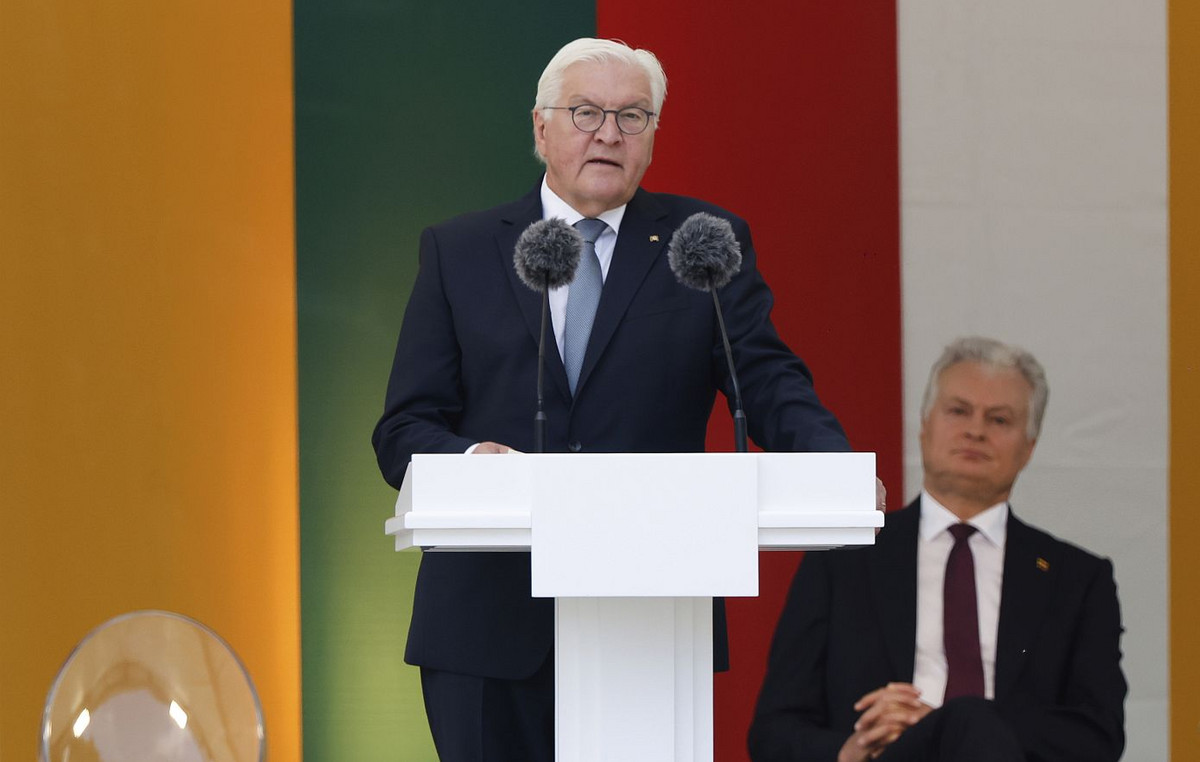Today, February 13, the TASS news outlet published an impressive interview with Vladimir Kozhevnikov, the chief designer of the Russian Orbital Station, in which the specialist told very interesting information about the upcoming project. For example, Mr. Kozhevnikov said that the plan to launch the ROS depends primarily on the current stage of preliminary planning of the station, which should be completed before the end of this year. If everything goes according to plan, the first module (we are talking about the scientific and energy module) will be launched into Earth orbit by the end of 2027. After that, the node, gateway, base and target modules will be delivered – according to the current plan, they should be in orbit between 2028 and 2030.
Work on each of the above modules is already underway and, most interestingly, the very design of the Russian Orbital Station will allow it to operate literally forever, replacing spent modules with new ones. The same design feature will allow the station to be upgraded in the future:
“The station will indeed be practically “eternal”. The proposed project provides for the possibility of replacing the modules that have spent their resource. This will allow not only to maintain its performance, but also to ensure the maintenance of the technical and technological equipment of the station at the modern level, ”Kozhevnikov said.
The chief designer also spoke about the newest protection system for the Russian orbital station, which is fundamentally different from what is currently used at the International Space Station. In the production of ROS modules, engineers will use special anti-meteor screens that will protect the station from small space objects and, of course, debris, which is quite a lot in Earth’s orbit (and more and more every day). Protective screens are multi-layer armor that can protect against breakdown for particles that are up to 1 centimeter in diameter and fly at a speed of 10 km / h. From large objects and large debris, the station will evade during the maneuvers – like the ISS.
And in order to unload the crew and reduce the load on specialists both on Earth and at the ROS, specialists plan to integrate various advanced technologies into the station, including robots, as well as virtual and augmented reality devices. Unfortunately, there is not much information about robots and AR / VR technologies yet, but, probably, astronauts will be able to perform tasks in open space around the station without having to leave this station – for example, the “arms” of the robot can be controlled from the inside in a virtual helmet reality. But already now it sounds quite interesting – probably, in the future, robots will be able to completely replace human astronauts.
Source: Trash Box
I’m Meagan Diaz, a news writer and author at World Stock Market. My main focus is on technology and stock market trends, and I’m passionate about helping readers stay informed on the ever-changing landscape. I bring extensive knowledge of the industry to my work as well as a knack for storytelling that makes my articles both accessible and engaging.







